Window Types 101
When homeowners decide to replace old windows with new ones, they’re often surprised at the choices for window styles they can consider. In fact, there are well over two dozen different designs on the market. While some are variations of other styles, others are unique in their own right.
How do you wade through all the different types of windows and come up with the ones that are right for your home? The first step is to learn a little about each type and how it’s used. From there, it will be easy to talk with your contractor and make the right choices.
Keep in mind that standard sizes for any of these window types are generally less expensive. Average pricing for each type is included. If you need custom sizing or something else other than the standard, expect the price per unit to be more.
Table of contents
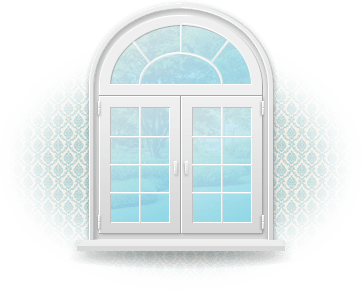
Arched windows
This design features a top portion that’s rounded in the shape of an arch. Generally, it’s considered to be an example of Roman architecture that’s found in larger homes. It can be used to great effect with smaller homes, since it adds something a little different.
One of the things that people like about this option is the low maintenance. With the different types of arched windows, cleaning is usually simple, even if you choose to go with a combination of frosted or stained glass near the top paired with clear panes below. While beautiful, keep in mind this option is usually best for spaces where you don’t plan on opening and closing windows for ventilation. If you want this style and would like it to open, consider a single hung type that’s modified with a fixed arch window above it.
The cost for an arched window will vary, based on size and other factors. Expect to pay somewhere between $325 and $800 on average.
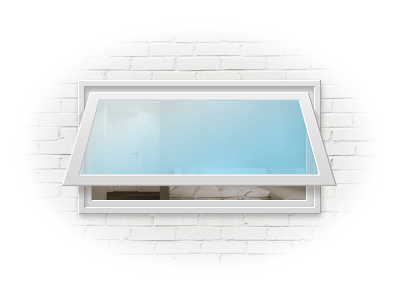
Awning windows
Among the many different types of windows, you’ll find that the awning window remains a popular choice. This particular design includes a sash that is hinged along the top and tilts outward from the bottom. It can be operated manually or you can install equipment that makes it possible to open the window using a remote control.
Why go with this type? It’s definitely a plus in terms of curb appeal. The simplicity of the design means it will work with a number of home styles. It’s also easy to operate and can be opened to allow fresh air in even when it’s raining.
The price per unit will vary, based on size, the type of glass you choose, and the materials used for the framing. Expect to pay somewhere between $420 and $760 for each one.
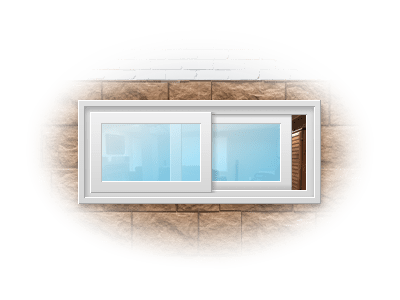
Basement windows
Basement windows are typically small rectangular windows that help to allow a measure of natural light into a basement area. They’re usually located along the line where the wall meets the basement ceiling. Windows of this type may be fixed, meaning they can’t be opened. They can also be sliding designs that make it easy to let fresh air into the space.
Many types of basement windows are made using aluminum rather than wood. This helps to avoid the decay that might otherwise occur. It’s not unusual for the windows to come with screens that are mounted on the inside, making it all the easier to leave them open when the weather is nice.
How much will basement windows set you back? On average, expect to pay? Size matters here, since it can be anywhere between $100 and $700 for one basement window. Talk with a contractor to get a better idea of what windows for your basement would cost.
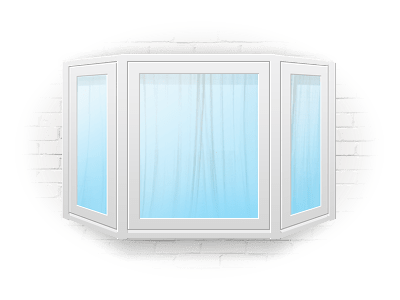
Bay windows
Bay windows are often considered as options for formal dining rooms, living rooms, and master bedrooms. This design allows you to make a bolder visual statement, since the window protrudes in roughly the shape of a hexagon. From a practical point of view, it also provides a little extra space in the room.
Thanks to the window design, it’s easier to have a more expansive view while standing in the room. That can help make the space seem a little larger. It also adds a touch of elegance outside as well as inside.
If you like the idea of installing a bay window, the average cost will be somewhere between $1150 and $3550. Talk with the contractor about specific features like the type of glass in order to get a specific price per unit.
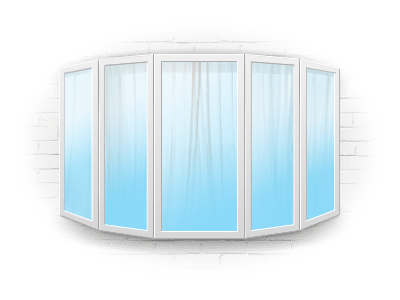
Bow windows
Bow windows are much like bay windows, but with a few differences. Bow windows are curved rather than sporting the hexagon shape of bay windows. It’s also unlikely that any of the glass panels in a bow window can be opened. While there are exceptions, bow windows tend to be slightly larger than bay windows.
You still get much of the same effect in terms of appearance. There’s also the wonderful view that this option adds to the home. Keep in mind that they can be a little more difficult to clean.
How much will you pay for a bow window? Generally, the cost per unit will be over $2,000.
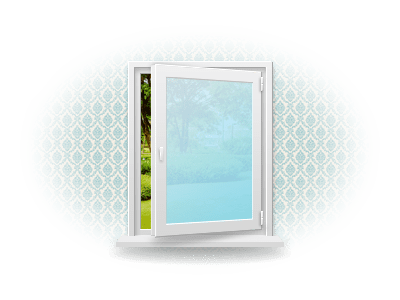
Casement windows
Casement windows are usually composed of single sashes that take in the entire window opening. They’re hinged on the left or ride side of the framework, and are designed to swing outward. There are some types of casement windows that are designed to swing inward.
Easy to operate, these windows are ideal for those who want to let in lots of fresh air. Cleaning and maintenance are also simple, something that may appeal to you. You may run into some size limitations, but those are somewhat rare.
If you like the idea of casement windows, the price is likely to be a good one for you. Typically, windows of this kind run between $270 and $750 each, depending on materials, glass type, and other factors. Talk with your contractor about what you have in mind.

Cottage windows
Cottage windows are a type of double hung window, with one important distinction: the upper sash is generally shorter than the lower one.
Windows of this type tend to be low maintenance and provide a classic look that works with many different home styles. Cleaning is sometimes considered a little more difficult, owing to the different sized of the two sashes.
If you like this design, expect to pay a little more than with some other window types. On average, this one will cost a minimum of $400 per unit. Talk with a contractor and see what the cost would be based on the type of materials and the kind of glass you’d like to use.
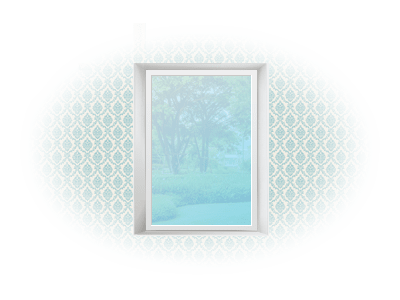
Deadlites (Sash-Only) windows
Deadlites are sometimes confused with picture windows. That’s understandable, since the two window types do share a number of features. What’s different is that picture windows come with frames. Deadlites do not.
You might view this as a good way to enjoy the same effect as a picture window while paying a lower price. It doesn’t hurt that the window is easy to clean; some would say that it’s easier than any type of framed window simply because there is no frame to collect dust or grime.
How much will you pay for deadlites? The price is usually somewhere between $150 and $500, making it a good choice for a smaller budget or for those who like to go with a minimalist look.

Custom designed windows
This is somewhat of a catch-all window type, since it can include windows that are often custom-designed to fit specific settings. The shape is usually something other than square or rectangular.
What would qualify for these sorts of house windows types? Half-moon windows definitely fit in this category. Windows designs to resemble ocean waves, heart shapes, or anything else that strikes the imagination would also apply.
In terms of cost, there is no set range that can be presented. Details like the desired shape, the type of materials used, the size, and the glass type would all impact the final unit price. Work with a contractor to come up with design as well as the dimensions and it will be possible to come up with a quote.
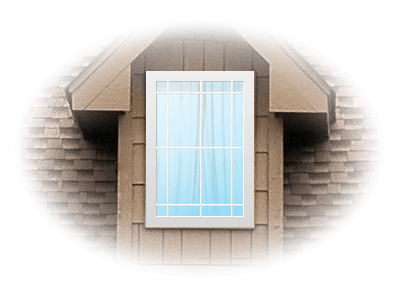
Dormer windows
Dormers are sometimes used as part of an attic design. Their function is to let in light and possible air into the enclosed space. While they can be included in any home design, they are more commonly used with homes that include angled roofs.
Windows of this type can draw on design elements found with other window styles. Often, they are made to look like the types used on the floors below the basement. There’s also the possibility of installing fake dormers if you want the look but don’t really care about ventilation or allowing natural light into the attic.
Cost estimates for dormer windows vary greatly. A lot depends on the style you want to incorporate, the materials you choose, and even the glass that’s selected. The same is true if you want to go with fake dormers. Talk with a contractor and get some estimates based on the style and size you want.
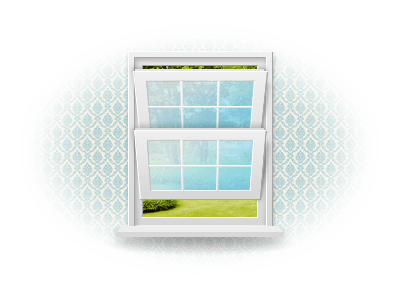
Double Hung windows
Definitely a classic, this is one of the go-to types that many homeowners seek out. In fact, some would say it’s the single most common type in North America. With this design, you have two sashes that can be opened and closed at will. That provides maximum control over the air flow into the home.
You have plenty glass choices with double hung windows. Double or triple pane is the best way to ensure the highest rate of energy efficiency. Explore both options for window glass types with your contractor and settle on the one that provides the most efficiency for your climate.
You’ll find the price range to be to your liking. Double hung windows generally run somewhere between $200 and $350 each, although choices of additional features and the type of materials used can increase the unit cost.
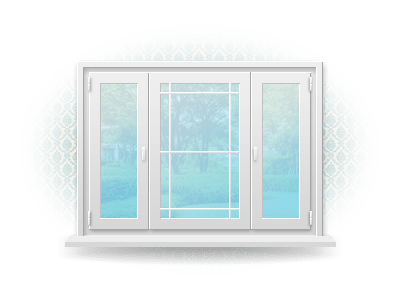
End Vent windows
End vent windows allow you a combination of a fixed window paired with windows on each end that will open. For example, you could use a picture window in the middle and pair it with end vent windows on each side. Along with adding some visual interest, it provides the opportunity to allow fresh air into the space when you like.
These window opening types are versatile in terms of design. They can include sashes to raise or lower, sliding sashes, or awning sashes. It’s up to you.
As with some of the other window types on this list, it’s the design elements and the materials used that will determine the cost of each end vent window. Talking with your contractor and determining if standard sizes will work makes it easier to identify the unit cost.
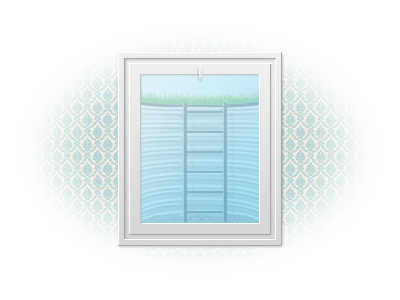
Egress windows
Sometimes called an escape window, an egress window is one that’s large enough for an average person to move through if all other exits were inaccessible for some reason. While it can be installed just about anywhere, the most common location is the basement. In this scenario, it’s usually paired with some type of egress well on the outside that provides protection while exiting the space. If installed on an upper floor, an egress window may include a fire escape on the home’s exterior, or at least a retractable ladder of some sort that can be quickly deployed.
While you can go with different styles, the key is to settle on a design that can be quickly unlocked from inside, opened enough to allow you to get out of the space, and have some means of either ascending to ground level or being able to climb down to the same.
In terms of cost, you may want to include the expense of installing some type of ladder or steps that allow you to reach ground level. There may also be the need to think about the cost of an egress wall. Start around $2,500 and go from there.
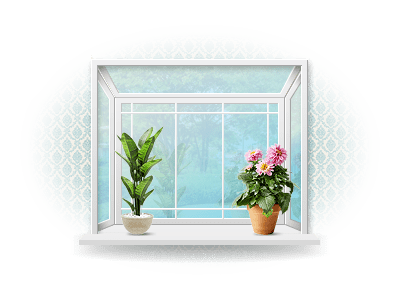
Garden Style windows
Think of a garden style window as a bay window design that’s intended to fit over the kitchen sink. Unlike its larger counterpart, a garden style window doesn’t take up most of the expanse between the floor and the ceiling. Instead it usually floats in the upper half of a wall. Think of a window that’s designed to cover most of the expanse over a kitchen sink and you have the basic idea.
With these types of window frames, you have a four-sided setup that makes it easy to place herbs and plants indoors with ease. You may even mount a shelf or two within the frame. This allows you to dress up the kitchen while also growing fresh herbs to use in cooking.
Like a bay window, a garden style window does protrude from the rest of the house. That’s good in terms of making the kitchen seem to be a little larger.
As for cost, a lot depends on the features. Plan on somewhere between $1000 and $4000 per window.
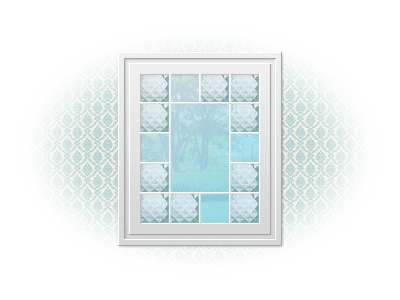
Glass Block windows
Glass block windows are a wonderful way to add some detail and also boost privacy. Many of the blocks are frosted while others have additional features that allow light into the home while preventing anyone from peeking inside. You can also use the glass blocks to create partitions inside the home if you like.
The glass can be stained, frosted, or tinted to fit in with whatever you like. They are also considered excellent insulation, since the blocks create an effective barrier from the outside weather. Keep in mind that the windows can’t be opened.
In terms of cost, you can expect a glass block window to run you a minimum of $200 for most standard sizes. If you need custom designs, have a word with your contractor.
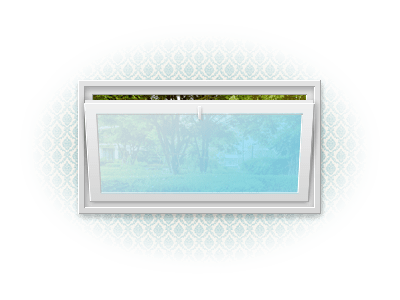
Hopper windows
Hopper windows have a lot in common with casement windows. They are usually single-sashed in design and open with ease. What’s different is how they open. Unlike casement windows, hopper windows are hinged at the bottom and the sash tilts inward.
This makes them one of the best type of windows for narrow spaces that don’t leave much room for windows to open outward. Typically, the sash is rectangular, something that can also add visual interest to the home.
You’ll find the unit cost of this window type to be attractive. Most hopper windows will cost somewhere between $100 and $600 each.
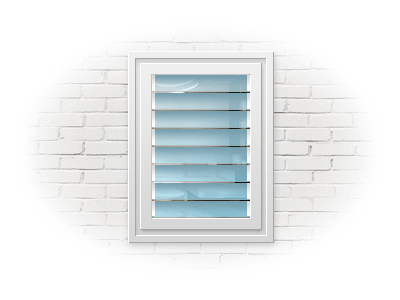
Jalousie windows
Sometimes called a louvre window, the basic jalousie design calls for the use of either parallel sections of glass, louvres, or acrylic rectangular panels that can be tilted open to allow air into the space. They can also be shut to block air flow completely.
This design, like awning windows, works well in terms of enjoying fresh air even if it’s raining. By tilting the louvres slightly, air gets in while keeping the moisture at bay.
The expense for jalousie windows is low compared to some other window types. Expect to pay somewhere between $175 and $375 for each window.
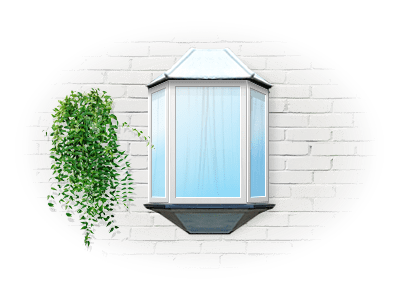
Oriel windows
An oriel window is another form of bay window that may be right for your home. This type of window produces a similar effect, in that it protrudes from the home and provides a little extra space inside. It’s generally shorter and somewhat more narrow than a bay window. You can find a number of examples of oriel windows used on the upper floors of a multi-story home.
The designs range from the traditional to the contemporary. You can find designs that make use of various types of aluminum window frames as well as the more traditional wood. There’s no doubt they add an ornamental as well as practical touch, and you’ll find the view is better than a typical double hung window.
If you like the idea of an oriel window, be prepared to spend a little more. The average cost begins around $1000 and goes up from there.
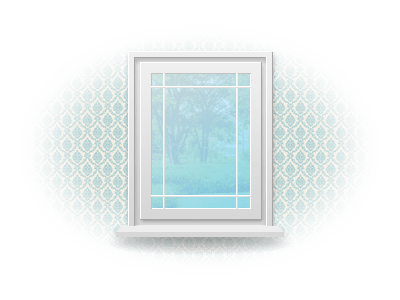
Picture windows
Picture windows are single panes that provide an expansive view. The pane is fixed, meaning that it cannot be opened. This type of window can be used in just about any room of the home, but the most typical location is in a formal living rooms. Picture windows in dens are often thought to be another example of common use.
A picture window does include the use of a frame. That frame may be simple or it can be ornate, depending on the homeowner’s tastes. It may be dressed with some type of window treatment or be left unadorned.
You can include different types of window glass with a picture window design. The glass can be tinted or otherwise treated to ensure the view is not limited while also making sure no one can peer into the home.
Depending on the features that you want with your picture window, plan on paying somewhere between $250 and $650 for each one.
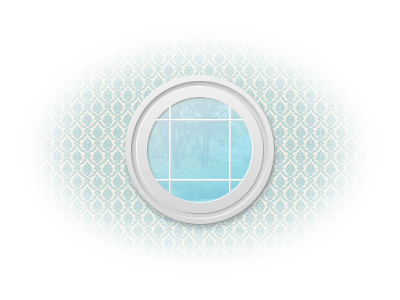
Round windows
As the name implies, windows of this type are round. They may be fixed, meaning the windows can’t be opened. They can also include hinged framed panes that swing inward or outward. In terms of size, they can be as small or as large as the homeowner wants.
As with many different types of windows design, round windows tend to be used in spaces where other styles won’t work as well. For example, a round window could be ideal for a small landing along a staircase. It could also be used as a way to allow some additional light into a loft, or as an accent over a more traditional window, like a double hung design.
Dimensions and the materials used make a difference when it comes to round windows. You may find some smaller standard sizes as low as $100. Custom designs are likely to cost $250 and up.
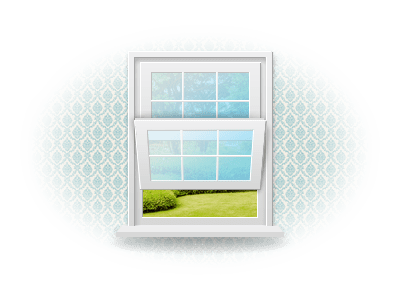
Single Hung windows
Single hung windows are another example of commonly employed window style. With this design, there are usually two sashes, with only one of them that can be opened and closed. With most designs, it’s the lower sash that can be opened.
As the sash moves up and down rather than tilting outward, it’s a great choice for areas where there’s not a lot of room outside. The availability of this window type also makes it one of the most affordable on the market. Choose from wood, aluminum, or vinyl for the material of choice.
This is another example of a more affordable window type. Standard sizes will cost somewhere between $100 and $250 per unit. If you need custom sizing or want to add some additional features, like a sash that tilts inward was well as raises up and down, expect to pay more.
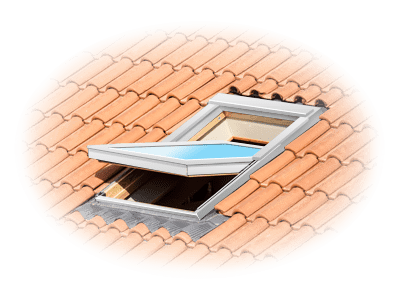
Skylight windows
Skylights are installed in the ceiling or roof for the purpose of allowing more natural light into the space. They may be found in vaulted ceilings on a main floor, in a bedroom on an upper floor, or even as a way to add more natural light into an upstairs bathroom while still providing plenty of privacy.
It’s common for skylights to involve some type of framework that supports panes of reinforced glass. This helps make the window energy efficient while also ensuring it’s less susceptible to breakage.
The features you want will influence the price, as will the type of roof where you want to install the skylight. Factors such as flat versus arched roofs, ventilating versus fixed panes, and flat versus tubular will all make a difference. On average, plan on spending $500 and up for a skylight.
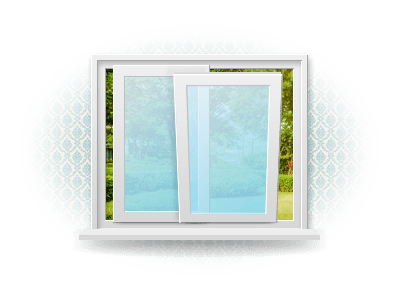
Sliding Tilt windows
One of the different types of window styles that’s grown in popularity in recent decades is the sliding tilt window. The basic design includes two sashes that slide from left to right along a track. In terms of operation, it requires little upper body strength, making it an ideal choice for someone who is aging or who otherwise has difficulty with traditional single and double hung windows.
This particular design also allows the sashes to tilt inwards. This makes it easy to clean both sides of the glass, even when the window is on an upper floor.
The cost for including a tilt feature is more reasonable than many people think. In fact, it will add little to the cost of other sliding window designs. Plan on spending somewhere between $150 and $400 for each window.
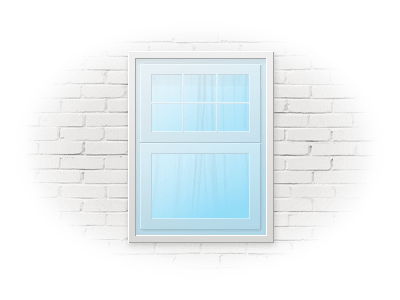
Storm windows
Storm windows are designed to add additional protection to the existing windows. They are often put in place in the winter and left in place until warm weather returns. However, there are some homeowners who prefer to leave them in place year round.
The designs typically mirror those of the windows already in place. You can get them in single and double hung designs with relative ease. While in place, storm windows do more than provide protection from storms; they also add security to the house and provide an additional barrier against the heat and cold without affecting the view.
Storm windows are more affordable than many people think. Prices begin around $90 and go up from there.
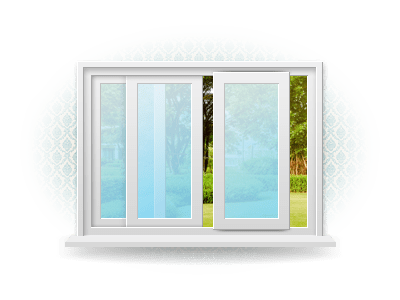
Three-Panel Slider windows
When it comes to sliding windows, there are different types of window styles to consider. A three-panel slider is usually one that is longer than the basic two-panel design. The three panels slide along a set of dual tracks that make it easy to arrange the sashes in any position that you like.
While most designs call for three panels that are the same dimensions, you could go with one central pane that’s larger and flank it with two side panes that are more narrow. This configuration would allow you to mimic the look of traditional end vent windows without having any sash that opens inward or outward.
In terms of cost, this type of window will be similar to other sliding window designs. Expect to start around $200 and go up from there.
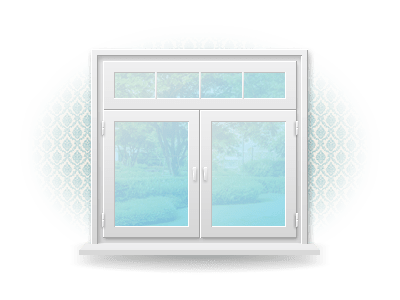
Transoms windows
Transoms are more versatile than many people realize. They can come in fixed designs as well as types that can be opened. It’s not unusual to see them used over other window types or even over exterior doors. One of the chief benefits is providing additional natural light without increasing a lack or privacy.
Transoms can also be used over interior doors. When opened, they promote more air flow throughout the house. While many transoms are hinged to allow the bottoms to swing inward or outward, it’s also possible to purchase transoms that include sliding glass panels.
How much will you spend for a transom window? There are fixed designs that are slightly more than $100 each. For designs that can be opened, plan on spending $150 and up.
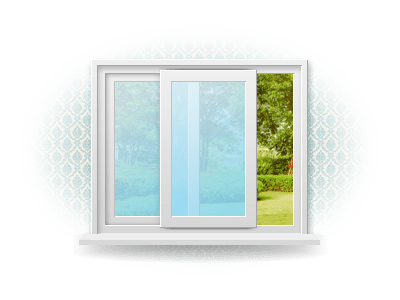
Two-Panel Slider windows
Also known as the basic sliding window, this design includes the use of two panels or sashes, They slide along tracks that make it easy to adjust them according to how much ventilation you want. These types of windows are not just simple to operate; they can also be easily secured to ensure no one can get inside without a great deal of effort.
Windows of this type can be installed easily in most homes. That makes them a great option if you don’t like the current window style and want to go with something different. In terms of upkeep, cleaning and maintaining this type of window is relatively simple. It also fits in well with a number of different home designs.
The cost is likely to be one of the more affordable options. Depending on where you live, they may be competitively prices with single and double hung windows. Expect for the unit pricing to begin around $100 and go up from there.
If you’re planning on replacing the current windows, it pays to compare several different designs based on appearance, materials, function, and energy efficiency. Ask yourself what are three types of windows installation options that will work well with my home and give those three a closer look. Ask the contractor for opinions about the pros and cons associated with each one. It won’t be long until one of your top three choices emerges as the best option for your home.